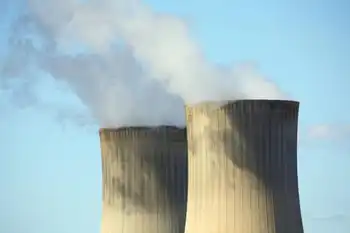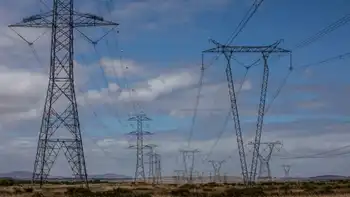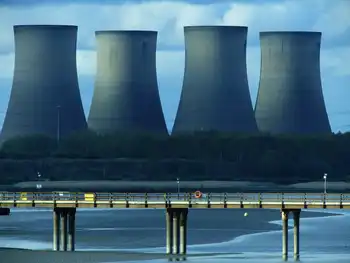A bright energy future without coal or nuclear
By Toronto Star
CSA Z463 Electrical Maintenance -
Our customized live online or in‑person group training can be delivered to your staff at your location.

- Live Online
- 6 hours Instructor-led
- Group Training Available
We're told that spending $1.3 billion on scrubbers is the answer. Let's be clear: Scrubbers remove some particulates – pollution that causes smog – but they will do nothing to reduce greenhouse gas emissions that cause global warming. In fact, scrubbers are energy intensive and could lead to more of these emissions, leaving us further unable to meet Kyoto targets.
We're told a nuclear-based energy plan is the answer. The 20-year electricity plan unveiled by the Ontario Power Authority calls for half of Ontario's electricity supply to come from refurbished and new nuclear reactors. Because these reactors take many years to construct, coal plants will need to stay online to fill in the gap. It doesn't have to be this way.
The billions earmarked to build and replace an aging fleet of nuclear reactors or to put scrubbers on outdated coal plants would be better invested in new clean renewable technology of the future. Energy efficiency and renewable energy technologies are fast to deploy and, if done right, can eliminate the need for coal or nuclear to keep the lights on.
Unfortunately, Ontario's energy planners have chosen to lowball the potential for green options in favour of a nuclear-centred future. For example, the OPA plan calls for 200 megawatts of solar energy by 2025. Germany installed five times that much in 2006 alone. Ontario could be harnessing three times the amount of wind power the OPA plan calls for, 10 times the amount of solar the OPA plan calls for, and thousands of megawatts from bio-energy sources, cogeneration and waste heat recycling.
The OPA plan also underestimates energy efficiency and conservation. The plan puts an arbitrary cap on energy savings through conservation and energy efficiency at only 60 per cent of the cost-effective potential identified and recommended by the OPA's own studies. This will cost Ontarians millions of dollars in missed opportunities, higher production costs and higher electricity rates. The Pembina Institute and WWF-Canada's "Renewable is Doable" study shows Ontario could be saving nearly double the amount of energy through energy efficiency and conservation than the OPA plan claims.
More than two-thirds of the renewable energy in the OPA plan is installed and planned large hydro. Hydro is an important energy source and should be in the mix – but in addition to maximizing wind and other renewable sources first, not instead of.
Probably of greatest significance, the OPA plan totally ignores the use of power storage technologies for wind, solar and other renewable sources that would allow renewable energy to be Ontario's primary power source, not subordinate to a nuclear plan.
The OPA marginalizes renewable energy, arguing that large, centralized nuclear megaprojects are needed to supply our "base load" needs. But Ontario's base load power can be met through the right technical, regulatory and policy tools. Ontario could learn from California, one of the leaders in North America in integration of renewable energy into the grid. It has set up a task force to look at what's needed in the way of grid management, transmission optimization and regulatory and policy reform to meet California's lofty renewable energy targets.
For Ontario, a decision to invest billions of dollars in nuclear megaprojects or coal scrubbers is a decision not to invest in clean renewable technology. Every dollar sunk into huge transmission systems to support centralized megaprojects is a dollar not invested in "smart grids" that accommodate local production of renewable energy.
A bright energy future without the need for coal or nuclear is doable. With renewable energy, energy efficiency and co-generation, we can cut our greenhouse gas emissions by half of what's called for in the OPA plan. Ontarians could actually be saving money on their electricity bill rather than deepening our nuclear debt with at least another 40 years of expensive and unreliable power, not to mention generating more long-lived, unsolvable radioactive waste.











